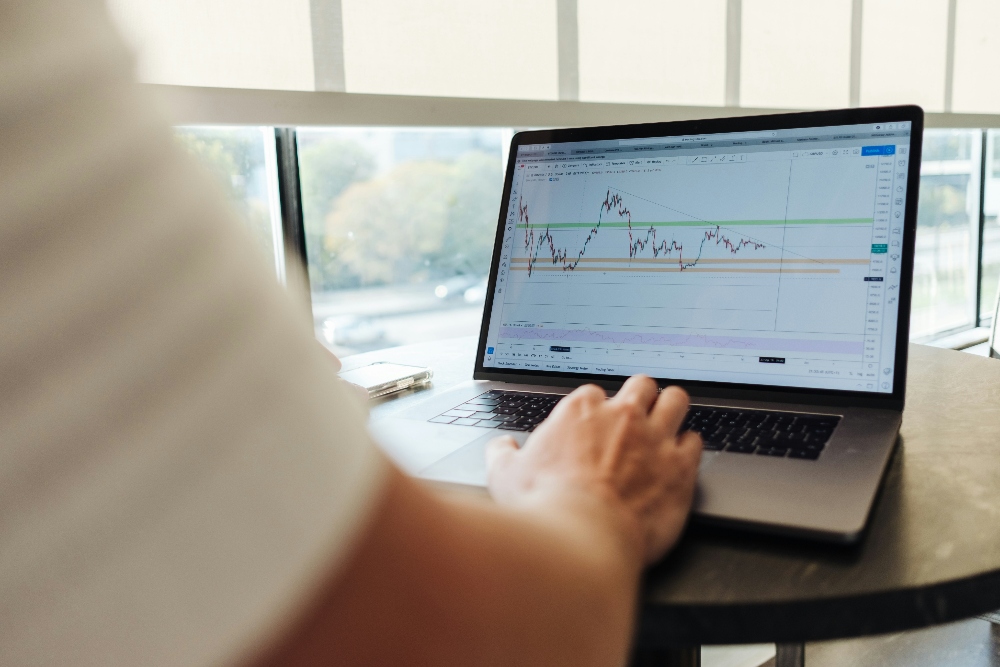With the increase in corporate defaults in Brazil, a trend has begun: listed companies that had previously remained in bankruptcy are now using judicial recovery as a viable way out.
According to local media outlet InfoMoney, this is a metric associated with deep-seated systemic stress placed on micro and small businesses, but is now making its way into the arsenal of market giants.
Two major examples from just the last week underlined this reality. Oi, the beleaguered Brazilian telecom company, filed to convert its US-based insolvency process from Chapter 15 to Chapter 11, a change that makes it more compatible with Brazil’s judicial recovery regime.
Then, just weeks later, airline Azul received approval to file for Chapter 11 in the United States, preserving its reorganisation plan.
At the same time, Gol, another leading airline, ended its foreign judicial recovery in June with a capitalisation plan of R$12 billion.
However, the other side of this recovery created some controversies in the market due to the trillions of shares published within batches of 1,000, causing confusion among investors and momentarily distorting its market value.
Recovery process: legal structure and market implications
In Brazil, companies under judicial recovery can continue to trade on the stock exchange, but they are excluded from benchmark indices such as the Ibovespa.
The B3 Manual requires transparency and regular disclosure, which theoretically allows for educated trading but encourages speculative activity.
Investors frequently use this phase to execute short-selling tactics, banking on declining share prices. In the early phases of recovery, shareholder equity is sometimes small or even negative, as creditor demands take precedence.
These dynamics provide fertile ground for market volatility and inflated valuations, particularly when new stock is issued, which momentarily raises trading prices.
Gol’s case exemplified this situation. The airline issued preferred shares at R$0.01 per unit, causing assets to trade for more than R$100 each lot due to the batch structure.
Prices peaked on June 13, surpassing R$700, boosting the company’s market value despite its continued recovery.
Risks and legal complexities for investors
Judicial recovery plans require a creditor vote, with weightings that reflect the amount and nature of claims. The aforementioned groups, labour, suppliers and banks, among others, have competing interests, and that complication can lead to disputes, therefore elongating the process and creating uncertainty in the market and security of investments.
That uncertainty adds legal risk on top of everything else. Investors should work with legal and financial professionals, diversify portfolios, and scrutinise recovery plans.
It can also result in significant dilution for current shareholders, as debt-to-equity swaps may be part of the restructuring process or the issuance of new shares.
Similar to Gol and Americanas, this depicts the investor’s two sides of the coin. Gol’s shares received continuous pricing bids, whereas Americanas (which has been in judicial recovery since January 2023 due to R$41 billion in indebtedness) saw its stock price plunge and decline by more than 90% during 2023.
Strategic investment during a Crisis: assets and DIP financing
Despite the hazards, some investors see opportunities in distressed enterprises, particularly through the acquisition of assets during judicial recovery.
These could comprise industrial units, customer bases, or revenue-generating activities sold as independent production units (UPIs) with no previous obligations.
Courts permit such sales after receiving creditor clearance, and they are frequently handled through judicial auctions.
Oi, for example, sold its mobile business and holdings in new enterprises such as InfraCo to raise capital and pay down debt, paving the path for a new recovery plan to begin in 2024.
Another strategic option is DIP (Debtor-in-Possession) financing. This type of investment gives cash to organisations during the recovery process in exchange for repayment priority and asset-backed guarantees.
DIP funding is typically part of a larger restructuring package and is structured using securities such as debentures or convertible loans.
Americanas used this method in 2023 to secure R$2 billion from BTG Pactual, followed by an additional R$12 billion structured as a convertible contribution from reference shareholders.
Legal duality: Brazil’s RJ and the US Chapter 11
Many Brazilian businesses are increasingly turning to Chapter 11 in the United States to manage creditor negotiations with better speed and legal certainty, according to InfoMoney’s report.
However, for US court decisions to be valid in Brazil, they must be recognised by Brazilian courts under Chapter VI of Law 11.101/2005, which oversees domestic judicial recovery.
While Brazil’s insolvency structure has been improved, legal experts warn that investing in companies in judicial recovery requires extensive due diligence.
Transparency, legal clarity, and the company’s operational fundamentals must all be weighed when determining the viability of recovery and the likelihood of investor returns.
The increasing frequency of judicial recoveries among Brazil’s publicly traded corporations indicates a market under financial pressure and legal transformation.
The post Brazil’s corporate defaults surge as market giants turn to judicial recovery appeared first on Invezz
